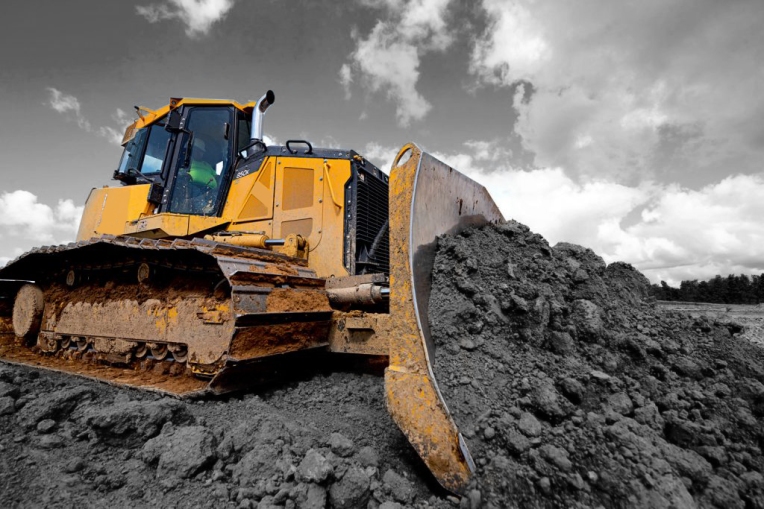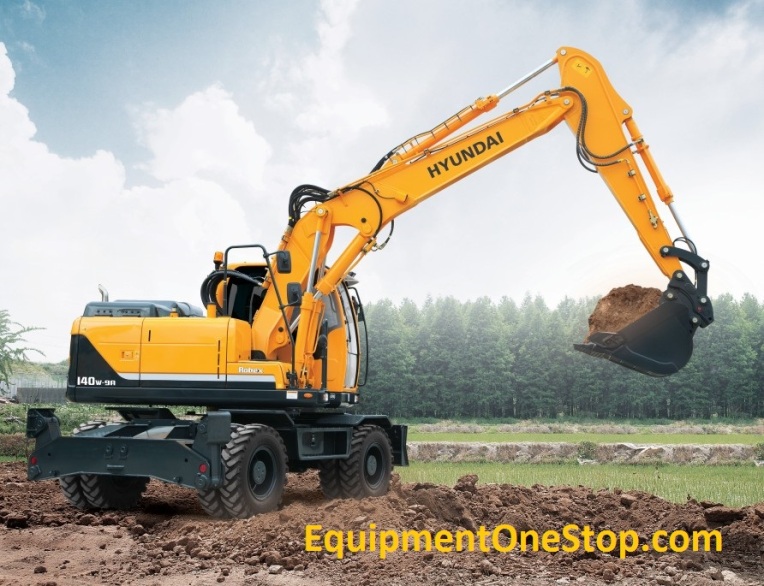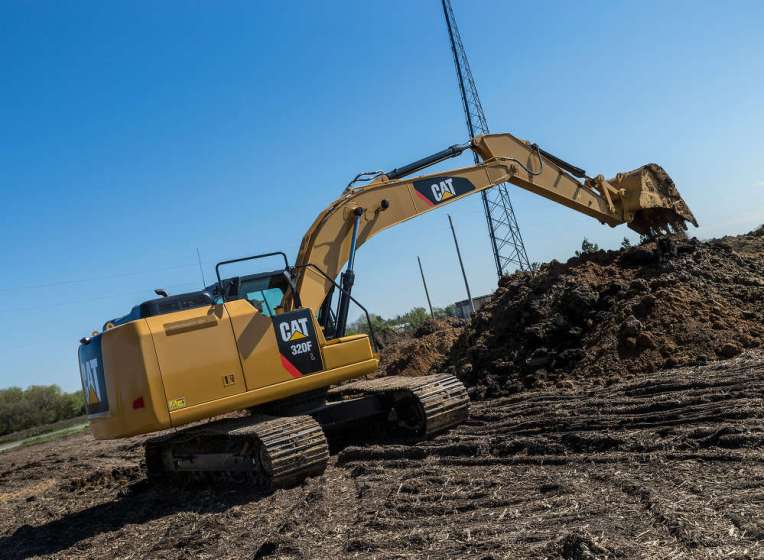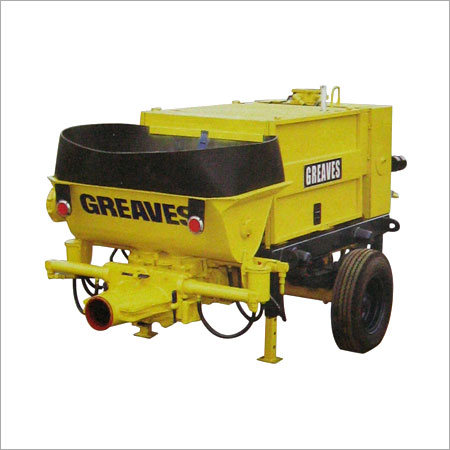 Upgradation of the technology is the need of the hour for survival in automation industry, especially in construction industry for smooth and error-free functioning at job sites. On the same line, John Deere one of the leading construction and farm equipment equipment makers in the world has upgraded its SmartGrade technology in its new model of crawler dozers.
Upgradation of the technology is the need of the hour for survival in automation industry, especially in construction industry for smooth and error-free functioning at job sites. On the same line, John Deere one of the leading construction and farm equipment equipment makers in the world has upgraded its SmartGrade technology in its new model of crawler dozers.
After the success of its 700K dozer equipped with SmartGrade launched earlier this year. The company has now integrated SmartGrade grade control technology ‘Topcon 3D-MC2 Grade Control System’ in its 750K and 850K crawler dozers.
Topcon 3D-MC2 Grade Control System is fully incorporated into the machine cabin, structures and software — delivering precise grading performance while eliminating vulnerable external masts and cables.
“The launch of our 700K SmartGrade dozer was a huge hit earlier this year, and many of our customers asked for the grade control technology to be integrated into our larger offerings. The 750K and 850K SmartGrade dozers answer that call. They’re easy to set up and are highly productive earthmoving and grading machines intended for road building, site development and residential building applications. Like the 700K SmartGrade dozer, these models are purpose-built and ready to work the moment they roll off the dealer lot,” said Liz Quinn, product marketing manager, John Deere WorkSight.
The 750k and 850K model of crawler dozers incorporate a PowerTech 6.8-L Final Tier 4 diesel engine with 165 horsepower and 205 horsepower, respectively. Both models feature Eco mode, which automatically adjusts engine power and transmission settings based on load while maintaining ground speed, to help optimize fuel economy.
Highlights of SmartGrade
1 -Auto SmartGrade allows the operator to easily adjust the system when moving the machine from one soil type to another, unlike an after-market system, which often requires the GPS manager to make a trip to the machine to recalibrate the system, particularly helpful to new operators. Auto SmartGrade automatically lifts the blade over heavy loads before track slippage occurs, then returns the blade to grade.
2 – SmartGrade also limits the number of passes required, reducing the pace of wear on the undercarriage. The John Deere SmartGrade dozer is nearly 7 percent more accurate across the entire speed range of the dozer when compared to conventional masted systems, claim the company.
3 -Another benefit of the SmartGrade technology is that machine dimensions are preloaded into the grade control monitor, reducing the time required to calibrate the dozer to about 30 minutes. The easy-to-use system is beneficial to new operators in that it can get them up and running quickly.
4 -The SmartGrade integration into the 750K and 850K dozers also allows for enhanced diagnostics. Having the ability to get the grade control system and diagnostic information over the John Deere JDLink telematics system provides valuable uptime information to customers.
5 -SmartGrade is integrated into the machines, it removes the need to install blade-mounted sensors and components daily, reducing setup time and allowing operators to get to work.
6 -Eliminating external cables to the masts reduces breakage, and the removal of the masts from the blade eliminates vulnerability to damage and theft.
Source: Information has been obtained from John Deere’s release

 John Deere one of the globally known Construction, agricultural and forestry machinery makers, releases the new G-series of large-frame skid steers Loaders 330G, 332G and compact track loaders 331G, 333G. These machines were inspired by extensive feedback from its customers looking for more productivity, better visibility and simplified service to remain competitive in their businesses.
John Deere one of the globally known Construction, agricultural and forestry machinery makers, releases the new G-series of large-frame skid steers Loaders 330G, 332G and compact track loaders 331G, 333G. These machines were inspired by extensive feedback from its customers looking for more productivity, better visibility and simplified service to remain competitive in their businesses.
 India is expected to witness USD 1 trillion infrastructure investment as per the planning commission of India for the 12th Year Plan (2012-17). Typically, infrastructure development is the main growth driver for the construction equipment market (both new and used equipment).
India is expected to witness USD 1 trillion infrastructure investment as per the planning commission of India for the 12th Year Plan (2012-17). Typically, infrastructure development is the main growth driver for the construction equipment market (both new and used equipment). In the era of Internet, the world has become a global village where a man can search his friend by sitting in United States in India with the help of internet. Similarly, in the era of e-commerce, a seller who is willing to sell heavy equipment could find prospective buyers through the internet.
In the era of Internet, the world has become a global village where a man can search his friend by sitting in United States in India with the help of internet. Similarly, in the era of e-commerce, a seller who is willing to sell heavy equipment could find prospective buyers through the internet. People associated with the construction industry are aware that this industry requires huge sums of money for smooth running the business. From small developers to big infrastructure companies often look for the way to reduce the cost of the business and make more profit.
People associated with the construction industry are aware that this industry requires huge sums of money for smooth running the business. From small developers to big infrastructure companies often look for the way to reduce the cost of the business and make more profit. In the field of engineering concrete pump is considered as a one of the crucial machine, this equipment make use of transferring liquid concrete through pumping for better quality of roofing and concreting any structure.
In the field of engineering concrete pump is considered as a one of the crucial machine, this equipment make use of transferring liquid concrete through pumping for better quality of roofing and concreting any structure.